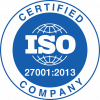Many people consider it an uncomfortable assessment of their work but it is an essential tool for the smooth running of the company… so, what is a performance review?
Ideally, performance reviews should consist of at least two things. Firstly, it should be a process of accompanying the employee to evaluate their performance in the company. Secondly, it should help the employee and the person in charge to build a strategy together to improve the most unsatisfactory areas and strengthen the areas in which they are already working well. In other words, it is not a matter of examining for the sake of examining but of examining to improve.
In short, it is commonly known as addressing the “strengths and weaknesses” of the employee, analyzing how they perform their tasks and duties.
Performance reviews can be carried out relatively informal or spontaneous, through simple employee observation and day-to-day interactions.
This level of evaluation is always present, but it should not be the only one. It is best to complement it with a more formal form of evaluation, i.e. one that is more structured and based on an explicit analysis strategy.

What is a performance review, and how do we approach it?
When an employee joins a company, or when teams and objectives are restructured, each person must be clear about the tasks and roles that are associated with their job.
Tasks are the things they literally have to do. Roles would be more abstract, somewhere between their particular objectives, responsibilities, what they are expected to do, and so on. Indeed, it is sometimes difficult to differentiate between tasks and roles.
As mentioned above, we can check how well a person performs the tasks assigned to them simply by observing them daily. However, doing this orderly through a performance review strategy is better. So what are the steps involved in such a strategy?
The idea is to set a series of periodic meetings to evaluate together, through effective and assertive communication, the performance of a specific person.
These meetings can be held at the frequency that best suits the objectives of the evaluation. For example, if the employee has been with the company for a long time and does not need to be closely supervised, one or two meetings per year may be enough.
However, if the employee has just joined the company, they are likely on probation and still has little autonomy. This makes it necessary to increase the intensity of support. In this case, the performance review of this person is closely linked to their training period.
Benefits of a performance review
Conducting performance a performance review has multiple benefits for both the organisation and the employees:
Benefits of Performance Evaluation
| Benefit | Description |
|---|---|
| Identification of strengths and areas for improvement | Helps employees recognize their strengths and areas where they can improve. |
| Professional development | Provides valuable information for development and training plans. |
| Alignment with organizational objectives | Ensures that individual goals are aligned with company objectives. |
Various studies have found that 69% of organisations collect work-related feedback between supervisors and employees at least four times a year. In this sense, frequent feedback is key to improving employee engagement and satisfaction. According to a Gallup study, employees who receive meaningful feedback from their managers are four times more likely to be engaged with their work.
Common Evaluation Methods
There are several methods for conducting performance evaluations, each with its own advantages and disadvantages:
| Method | Description |
|---|---|
| 360-Degree Feedback | Involves feedback from peers, supervisors, and the employee themselves. This method provides a comprehensive view of performance but can be complex and time-consuming. |
| Self-Evaluation | The employee evaluates their own performance. This method encourages self-reflection but risks being purely subjective. |
| Objective-Based Evaluation | Based on the achievement of predefined goals. This method offers clarity in measurement but may overlook non-quantifiable skills such as soft skills. |
How to Approach Performance Evaluation
When a worker joins a company or when teams and objectives are restructured, each person needs to have a clear understanding of the tasks and functions associated with their role. Tasks are the literal activities they need to perform, while functions are more abstract, somewhere between their personal objectives, responsibilities, and expectations.
We can check how well a worker performs their assigned tasks through daily observation. However, it is better to do this systematically through a performance evaluation strategy. What are the steps of this strategy?
The strategy essentially involves scheduling a series of periodic meetings to evaluate, through effective and assertive communication, an individual’s performance. These meetings can be held as often as necessary to meet the evaluation objectives. For example, if the worker has been with the company for a long time and does not require close supervision, one or two meetings a year might suffice.
In contrast, if the worker has just joined the company, they might be in a probationary period and have little autonomy, necessitating more intense supervision. In this case, the performance evaluation is closely linked to their training period.
Studies show that 58% of organizations conduct formal performance evaluations once a year, 21% do so twice a year, and 12% four or more times a year. This highlights the importance of conducting evaluations regularly to maintain continuous performance monitoring.
If you need support in this process, you can use this performance evaluation template, which will help you properly plan and structure the interview, thus improving the overall performance of the team.
What to say in a performance review meeting and how to structure it
If you are responsible for supervising your team members, you can do it how it suits you best and consider the company culture of the organization you all work for. From there on, it’s all about creativity.
However, if you don’t have much experience with this task, you can always stick to the following performance review template:
1. Interview introduction
Set up communication through greetings and a few opening remarks. This will allow you to create a pleasant and trusting atmosphere. Before evaluating, take an interest in how the employee is doing in general.
2. Meeting content
If this is the first time you are doing something like this, explain to the employee what the process will consist of and the objectives. If there have been previous meetings, you should focus on the content of the meeting based on what was agreed upon in the previous meeting.
3. Information gathering and closing
Explain what was discussed during the meeting, ensuring you have not omitted anything important. Define the set guidelines to be followed and the date of the next meeting.

The importance of job performance
It’s nothing new to tell you that in a company, and within the professional development of any employee, their job performance is one of the defining pillars.
Any employee is a human resource for your company because they are there to solve a problem, or in other words, to satisfy a company’s needs. The material they use to fulfill that mission is, in short, their work performance. This, in turn, will have varying quality depending on multiple organizational and psychosocial factors that the company must measure, enhance, prevent and, ultimately, take into account.
Therefore, providing employees with the conditions to ensure that their job performance is the best possible given the circumstances at any given time is part of the corporate strategy of any organization.
In addition, so nobody gets lost, it is essential to monitor employee job performance – examined in performance reviews – and the factors that influence it are included among the HR KPIs that the company can measure and interpret to make good decisions.
What should I consider in the performance review?
An employee’s stay in a company usually begins with a job interview during their job search and ends, if allowed to do so, with an exit interview. Performance review interviews are what happens in between.
To get the most out of this type of meeting, you must remember that they are one more tool in communicating with the employee to improve their performance, fostering their psychological well-being, and encouraging their talent to stay within the company. If this is achieved, it will positively influence the company’s ability to retain the best employees.
Below is a summary of the main characteristics of a good performance review:
1. It involves monitoring the quality of the work performed by an individual in all its aspects and should facilitate decision-making.
2. It should include the identification of gaps in the work but also indicate the positive aspects.
3. It is an instrument to support the employee in their work performance, not to judge them.
4. If we consider all of the above, the performance review is an opportunity for the employee to train useful skills that will allow them to better fulfill their functions.
5. Sometimes, finding time for a quiet discussion about their career path is difficult. The performance review meeting can be a good time to take a look at the employment contract and review the terms and conditions.
6. When a performance review is well done, it is an element the company can include in the emotional salary offered to its employees.
Improving mental well-being in companies
At ifeel, we want to boost employees’ and their companies’ well-being at work by helping them create work environments in which the management of emotions is constructive, mature, and favors everyone’s performance.
Our psychologists have created a mental well-being program for companies to achieve this. Through this collaboration, your company’s human resources managers will be able to receive personalized, data-driven advice on how to improve their teams’ psychological well-being. Moreover, this program provides employees with complete mental health care services structured at different levels according to their needs. Try our program now to see how it can help you.
Visit our Resources section, where you will find Podcasts on different topics (such as the employee experience or how to set your career goals), HR Guides, or Interviews with leading HR managers. In addition, you will be able to access a Psychosocial Risk Factors Template, which will help you comply with the Labor Inspection requirements.
We hope this post on what is a performance review and ways to implement it has given you good ideas to facilitate fulfilling your tasks. Contact us to learn more about how our mental well-being program for companies works. Simply get in touch, and we’ll get back to you as soon as possible.











